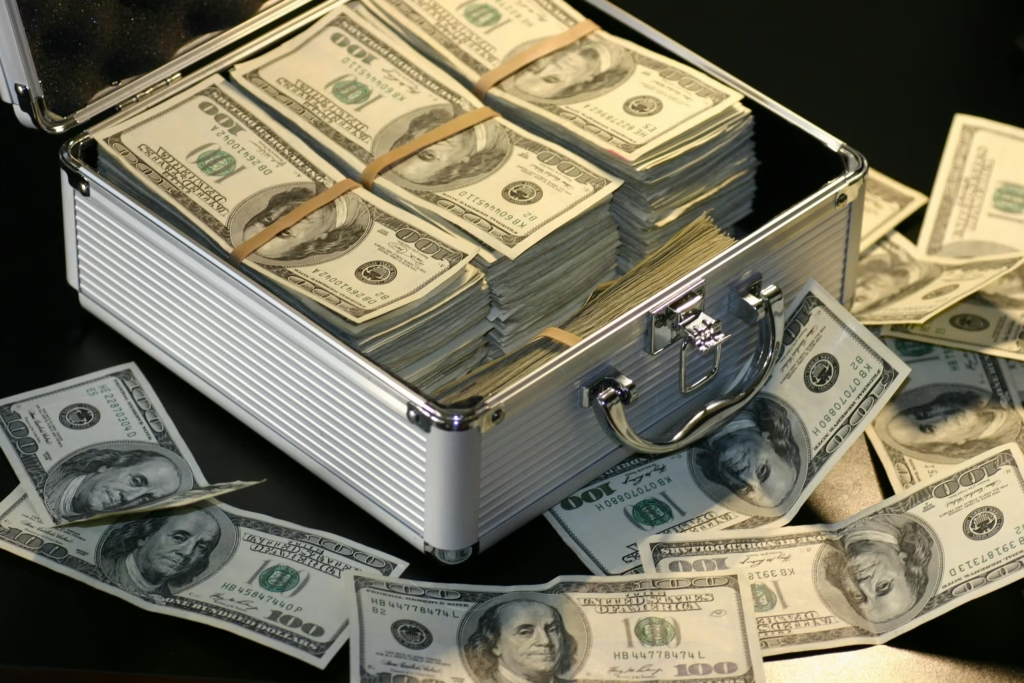Introduction
Saving money doesn’t have to be stressful or time-consuming. In 2025, small changes can make a big impact on your finances. Whether you’re trying to build an emergency fund or simply cut back on expenses, these seven effortless tips will help you save money without feeling like you’re sacrificing your lifestyle. Let’s dive in!

1. Automate Your Savings
Take the guesswork out of saving by setting up automatic transfers to a savings account every payday. Even a small amount adds up over time. For instance:
- Saving $20 a week amounts to over $1,000 a year.
- Banks like Ally Bank or Chime offer savings accounts with no fees and automated savings features.
Imagine this: If you skip just one $5 coffee every weekday and redirect that money to savings, you’ll have $1,300 by the end of the year. Automation keeps you consistent, even on tight months.
2. Use Cashback and Coupon Apps
Apps like Rakuten, Ibotta, and Honey are free tools to get money back on your everyday purchases. Whether you’re shopping for groceries, clothes, or even booking travel, these apps reward you with cashback or discounts.
Here’s how:
- A family of four using cashback apps for groceries and online shopping could save up to $500 annually.
- Install browser extensions like Honey to automatically find coupon codes before checkout.
It’s a win-win: you’re buying what you need and saving money in the process.
3. Cancel Unused Subscriptions
Streaming services, gym memberships, or premium apps often go unnoticed in your monthly expenses. Take a close look at your bank statement and cancel anything you don’t use regularly.
Quick Example:
- Subscriptions like Netflix, Hulu, and Amazon Prime add up to $40 or more monthly. Canceling one unused service saves $480 per year.
Pro tip: Use tools like Truebill or Rocket Money to track subscriptions and cut the unnecessary ones with one click.
4. Buy in Bulk for Household Essentials
Purchasing non-perishable items and household staples in bulk can significantly lower your overall expenses. Look for stores like Costco, Sam’s Club, or BJ’s Wholesale Club for great deals on:
- Toilet paper
- Cleaning supplies
- Non-perishable food items
While buying in bulk requires a slightly higher upfront cost, it saves you money in the long run. For example, buying a 24-pack of paper towels at Costco is often 30% cheaper per roll than smaller packs at regular grocery stores.
5. Use Public Transportation or Carpool
Gas prices and car maintenance costs can burn a hole in your wallet. When possible, ditch the car and opt for public transportation, biking, or carpooling.
Benefits include:
- Saving hundreds of dollars annually on fuel and parking.
- Reduced wear and tear on your vehicle, saving on maintenance costs.
In cities with reliable transit systems, like Chicago or New York, public transport can save commuters over $1,000 a year. Apps like Waze Carpool also connect people heading in the same direction for a small fee.
6. Cook at Home Instead of Eating Out
The average American spends nearly $3,000 a year dining out. Preparing meals at home can drastically reduce this expense while improving your health.
Tips to maximize savings:
- Meal prep for the week on Sundays.
- Use store brands instead of name brands—they’re often just as good and cost 20–30% less.
- Plan meals based on weekly grocery store sales and use coupons to reduce costs further.
For example, preparing a $5 homemade pasta meal instead of ordering a $20 takeout dish could save a family of four over $4,000 annually.
7. Track Your Spending with Budgeting Apps
Staying on top of your finances is easier when you know exactly where your money is going. Budgeting apps like Mint, YNAB (You Need a Budget), or EveryDollar can help you:
- Categorize expenses.
- Set financial goals.
- Identify areas where you can cut back.
Tracking even small expenses like coffee or snacks can reveal surprising savings opportunities. Awareness is the first step to smarter spending.
Bonus Tip: Start a Side Hustle
If your schedule allows, consider earning extra income through flexible side hustles like freelancing, babysitting, or selling handmade items on platforms like Etsy. A side hustle doesn’t have to be time-consuming to be lucrative.
Call-to-Action
Which of these money-saving strategies are you most excited to try in 2025? Have tips of your own? Share your favorite savings hacks in the comments below and inspire others to take control of their finances!
FAQs: Save Money in 2025
1. What’s the easiest way to start saving money?
Automating your savings is one of the easiest ways to save. Set up an automatic transfer to a savings account, even if it’s just $10 per week.
2. Are cashback apps worth it?
Yes! Cashback apps like Rakuten and Ibotta are free to use and offer real savings on everyday purchases.
3. How do I know which subscriptions to cancel?
Review your bank statement for recurring charges. Cancel subscriptions you haven’t used in the past month or two.
4. Is cooking at home really cheaper than eating out?
Absolutely! Cooking at home can save hundreds per month, especially for families. Plus, you control portion sizes and ingredients.
5. How much can I save by using public transportation?
Depending on your commute, you could save hundreds to over $1,000 annually by reducing fuel, parking, and maintenance costs.
6. Are budgeting apps secure?
Most budgeting apps, like Mint or YNAB, use bank-level encryption to keep your information safe.
Conclusion
Saving money in 2025 doesn’t have to be overwhelming. By incorporating these simple strategies into your life, you’ll not only save effortlessly but also build long-term financial stability. Start with one or two tips today, and watch your savings grow over time.
